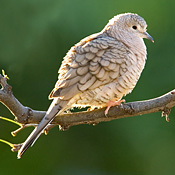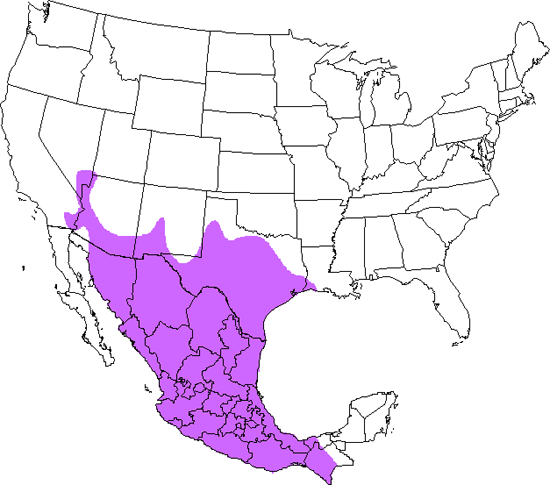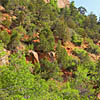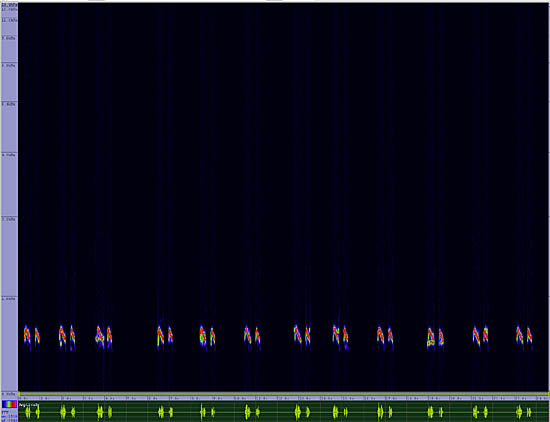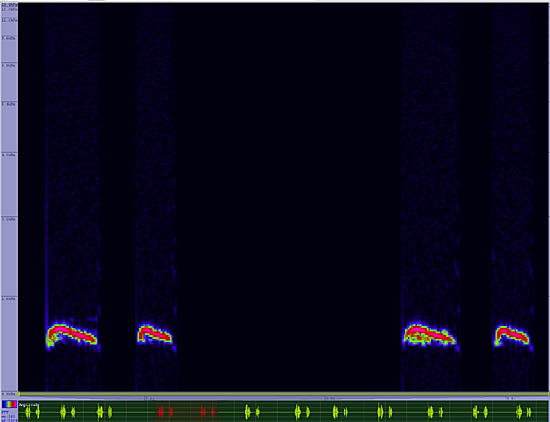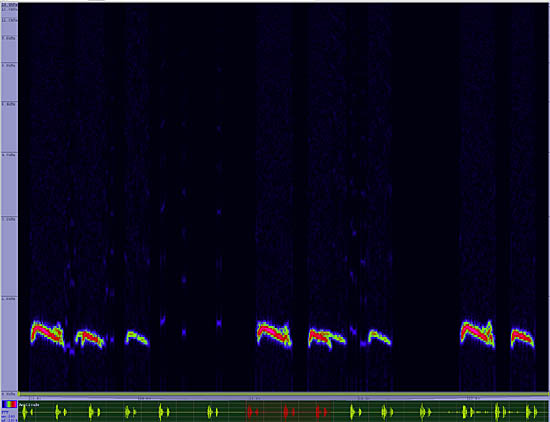Inca Dove
Columbina inca

Pigeon Like

Length: 8 in. (21 cm )
This small ground dove is common in suburbs and vegetated city centers of the southwest. It also occurs in open woodlands and shrubby riparian areas where it roosts in trees. The nest is an unlined stick nest built in low to mid-level shrubbery. Seeds are the main food, and it comes readily to back yard feeders. Evidently the Inca Dove has moved north into much of the southwestern United States only in the last 100 years.
The four-digit banding code is INDO.
Bibliographic details:
- Article: Inca Dove
- Author(s): Dr. Biology
- Publisher: Arizona State University School of Life Sciences Ask A Biologist
- Site name: ASU - Ask A Biologist
- Date published: 13 Jul, 2017
- Date accessed:
- Link: https://askabiologist.asu.edu/activities/bird/inca-dove
APA Style
Dr. Biology. (Thu, 07/13/2017 - 15:37). Inca Dove. ASU - Ask A Biologist. Retrieved from https://askabiologist.asu.edu/activities/bird/inca-dove
Chicago Manual of Style
Dr. Biology. "Inca Dove". ASU - Ask A Biologist. 13 Jul 2017. https://askabiologist.asu.edu/activities/bird/inca-dove
Dr. Biology. "Inca Dove". ASU - Ask A Biologist. 13 Jul 2017. ASU - Ask A Biologist, Web. https://askabiologist.asu.edu/activities/bird/inca-dove
MLA 2017 Style
Be Part of
Ask A Biologist
By volunteering, or simply sending us feedback on the site. Scientists, teachers, writers, illustrators, and translators are all important to the program. If you are interested in helping with the website we have a Volunteers page to get the process started.

